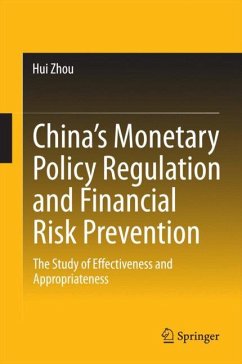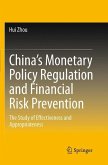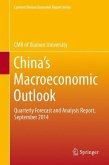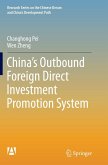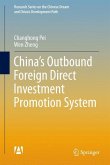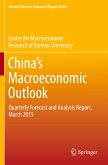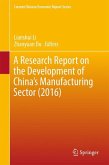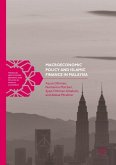This book utilizes an innovative approach combining qualitative and quantitative methods to investigate the correlations between monetary policy, economic growth, inflation and asset price volatility, explores the creation of financial risk prevention systems and reaches conclusions with both theoretical and practical value. The book offers an empirical analysis of the effectiveness of monetary policy, specifies the correlations between monetary policy, economic growth and inflation and provides a theoretical basis for and empirical demonstration of monetary policy implementation in China. Previous research in China has primarily focused on the correlation between monetary policy and a specific asset price, while this book comprehensively addresses the appropriateness of real estate, stock, bond and futures price regulation through monetary policies, lending it a high degree of practical significance. In order to arrive at a systemic risk prevention and regulation mechanism for China, the book uses the GARCH mean value model and MGARCH-BEKK model to create a pressure index and provide a three-level pre-warning system for currency crises, bank crises and asset bubble crises. The book systemically introduces the idea of macro-prudential regulation into the Chinese financial system by first clarifying the necessity of implementing macro-prudential regulation in China and then proving its effectiveness in mitigating pro-cyclicality and enhancing steady economic growth by constructing a mitigation model.
Bitte wählen Sie Ihr Anliegen aus.
Rechnungen
Retourenschein anfordern
Bestellstatus
Storno

